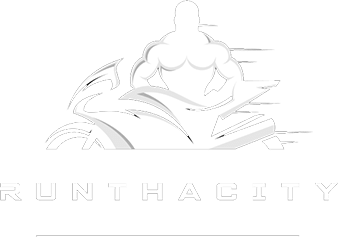The HJC IS-17 helmet is one of the most popular in HJC street helmets, made of advanced polycarbonate composite and with a new 3D face shield design. It is kind of a mixture of the HJC FG-17 and the HJC CL-17, although the FG-17 has a fiberglass composite shell and the IS-17 has a different fit than both the CL-17 and FG-17. Although the IS-17 has a comfortable fit and a sun visor that provides excellent coverage, it does not have good ventilation and the internal sun visor means it does not have Snell certification.
HJC IS-17 Motorcycle Helmet Overall Quality
All the parts of the IS-17 move together well despite the fact that the recommended retail price is around $162. Despite the cost, the paint and finish are good quality and comparable to helmets that are similarly priced, although it should not be compared to higher priced helmets like Arai or Shoei. The chin curtain, like the CL-17, is an option, although for a few extra dollars, it could be included as standard. The pinlock insert is also an option, although it is not as critical as the chin curtain. The clear plastic face shield has some waviness and clouding that could result in a visibility problem. In addition to the face shield, the fact that 85 percent of the vent holes are blocked is an issue. Very little air flows through the vents to the rider and the fabric liner across the top blocks the top vent.
Click Here For HJC Helmets 2017 Catalog
Helmet Fit, Internal Shape and Liner
The sizing seems slightly off in the IS-17 with an “XL” fitting more like an “L” and the internal shape feels mostly “neutral” rather than “slightly round” like other HJC helmets. This may be due to the sun visor at the forehead which gives a feeling of less room inside the helmet and a snug fit. The interior is nicely padded and the fabric comfortable. You can remove the cheek pads and liner for washing. There are also optional cheek pads in sizes that range from XS, at 40 mm thickness, to XXL, at 25 mm thickness.
 HJC IS-17 Face Shield, Outward Visibility
HJC IS-17 Face Shield, Outward Visibility
The face shield operation in the IS-17 is exactly the same as the FG-17 with a center locking lift tab that works fine on the helmet. The center locking lift tab also allows you to adjust for city positions or for an initial defogging. It does have waviness that could affect visibility and which some riders may find unacceptable. The eye ports seem to be slightly better than average despite the sun visor. Once the shield is locked shut, it seals tightly around the eye port gasket. Water drains away from the rider along the top of the gasket and along the sides through a rotating mechanism. The face shield is easy to remove and can be replaced with optional mirrored or tinted face shields.
Helmet Ventilation and Air Flow
Ventilation and air flow in the helmet is one of the biggest problems. The top vent looks as if it should draw in a lot of air but the holes through the lining do not come close to lining up with the vents. In addition, the fabric liner blocks the vent holes to the point that even if air came into the helmet, you would not feel it because the holes are covered. This is not only true of the top vent, but also for the rear exhaust vents. The chin vent does direct air up, but it is an option with a price of between $4 and $5, something that is worth the added cost.
 How are the Helmet Sound Levels?
How are the Helmet Sound Levels?
The HJC IS-17 is quieter than most helmets with general wind noise around the sides. However, since the fit is tighter than other HJC helmets, it keeps the noise levels low. It works well as a windscreen and has low turbulence noise as well. Because the top vent holes are blocked, there is very little noise from the top of the helmet.
Although most of the features of the IS-17 make it a good option, the fact that it does not have the Snell M2010 rating is a major drawback. Studies have shown that nearly 23 percent of helmet impacts are in the forehead region where the internal sun visor sits. In addition, the top vent system and the wavy face plate present significant problems.


 HJC IS-17 Face Shield, Outward Visibility
HJC IS-17 Face Shield, Outward Visibility How are the Helmet Sound Levels?
How are the Helmet Sound Levels?












One comment on “HJC IS-17 Motorcycle Helmet Review”